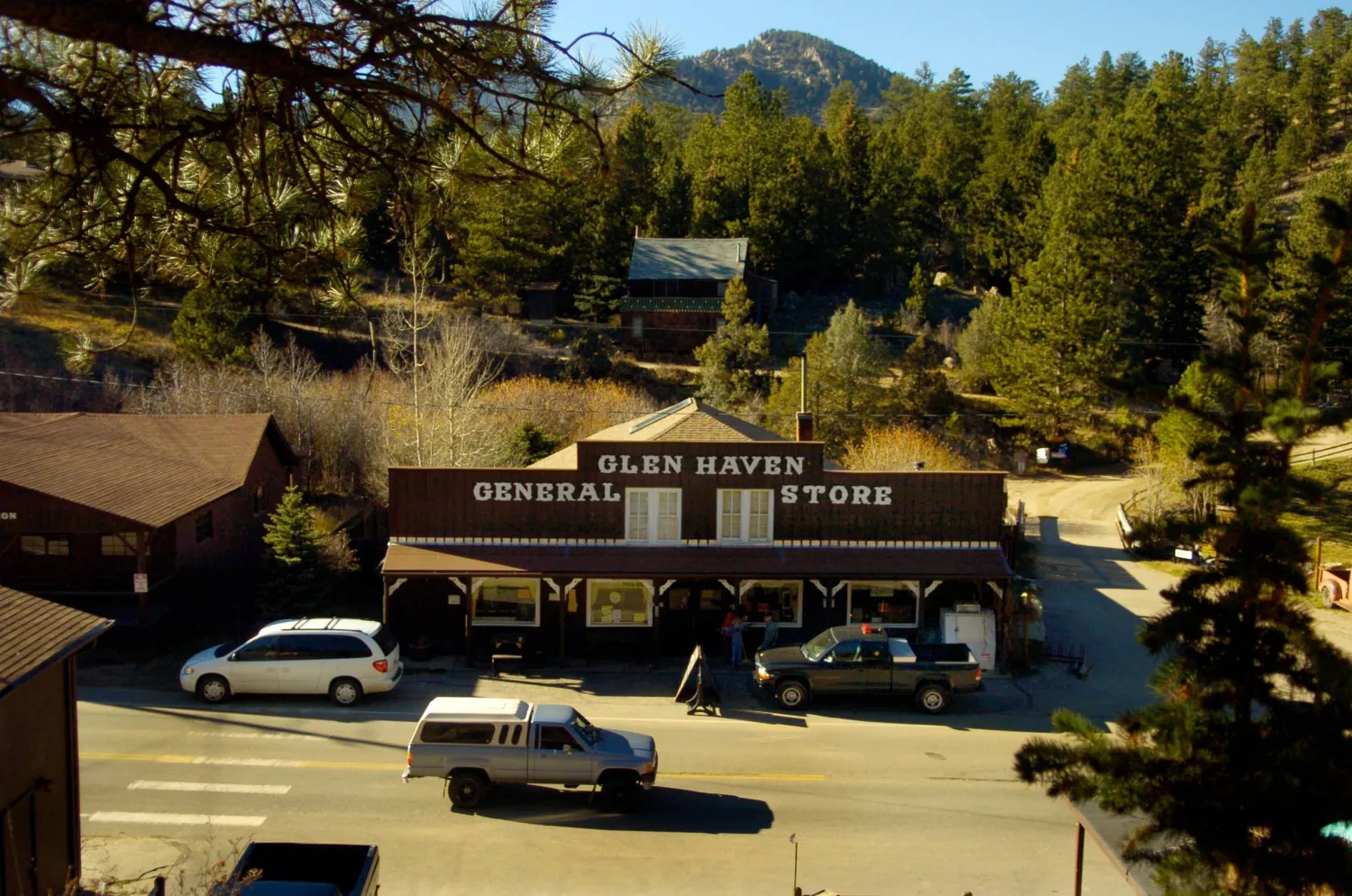From Cyprus to New Zealand, Lebanon and beyond, environmentalists worry about the proliferation of quarries in a world ever greedier for concrete. Concrete consumption has tripled over the past 20 year.
Over 40 billion tons a year of sand and gravel are extracted around the world from mountains, rivers, coastlines and marine environments, the majority for construction. With the global population expected to grow by two billion by 2050, demand can only go up, according to the UN environment agency. The extraction process often comes with deforestation, air pollution and disruption of traditional human activities.
This is the case in Cyprus, near the hut where Jamal makes traditional "hellim" cheese, trucks come to collect rock, kicking up clouds of dust and frightening the animals.
On the quarried area of the mountain slope, vegetation has disappeared. A policeman asks the goat herder to stay back as an explosion triggers a huge cloud of smoke and part of the rock face collapses. On another mountain, Jamal was injured and lost animals to quarrying work.
Rocks "rained down on us," he recalled.
While he understands the "need for rock to build", he hopes the company running the site will help him find quieter pastures in the Turkish Republic of Northern Cyprus established in 1974, and on which live 355,000 people. This region walks the line between development and conservation.
Cenk Sarper, head of the Stone Quarries Union, said: "Today, the island is fed by tourism so we need hotels, guest houses, roads and airports. We don't have any other choice than to exploit the quarries."
He said the quarries operate in areas far from residential zones and respect all the adopted environmental standards. More than 12,000 tons of rock is extracted every day, or around 33 kilograms per capita. The world average is 18 kilograms, according to the UN.
Asking to remain anonymous, a contractor said that key actors "did not do everything possible to limit visual pollution." Some accuse companies from Turkey of being less vigilant than Turkish Cypriot ones.
The secretary general of the biologists' association in northern Cyprus, Hasan Sarpten, regrets that a large quarry was authorized far from a reserved area, in the west.
"They are not applying the best methods" environmentally, he said, criticizing the lack of regulation by Turkish Cypriot authorities.
These authorities declined to comment when contacted by AFP.
Environmentalists are equally worried in the internationally recognized Republic of Cyprus.
Environment expert Klitos Papastylianou said: "The growing extraction of raw materials for the construction industry is one of the main threats for protected areas."
Green Party MP Charalampos Theopemptou noted that "marinas and coast protection works require huge amounts of rocks."
An audit recommended increasing fines to discourage illegal quarrying. Calls for stricter controls resound around the world. In Lebanon, where illegal quarries have cleared entire mountains and hundreds of thousands of trees, activists are pushing back, despite death threats.









